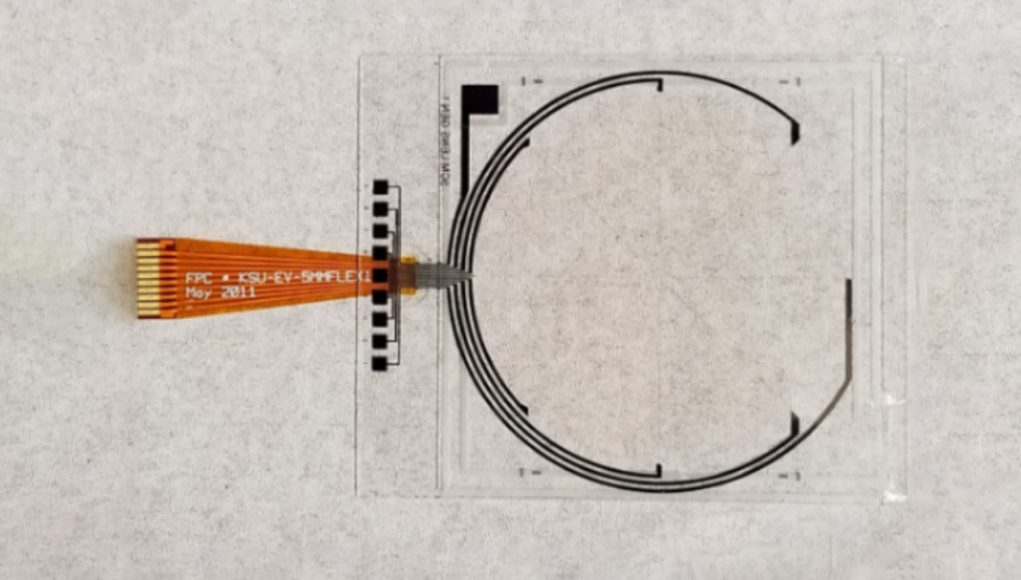What About Half Dome 3?
Especially considering this research was done with participation from Meta Reality Labs, I was curious how it differed from the varifocal system the company previously demonstrated in its Half Dome 3 prototype.
Amit Kumar Bhowmick, the lead author of the dynamic focus LC lens paper, explained.
“Half Dome 3 contains stack of liquid crystal layers. Switching those layers individually creates images at different focal lengths. As a result, unique combinations of switching layers results different plane of focus,” he said. “Whereas, our reported LC lens is able to tune focal length by changing voltage distribution on the lens cell. However, we haven’t compared any optical quality comparison with Half dome 3.”
Update (May 24th, 2022): Updated a quote from the paper’s author with additional information.







